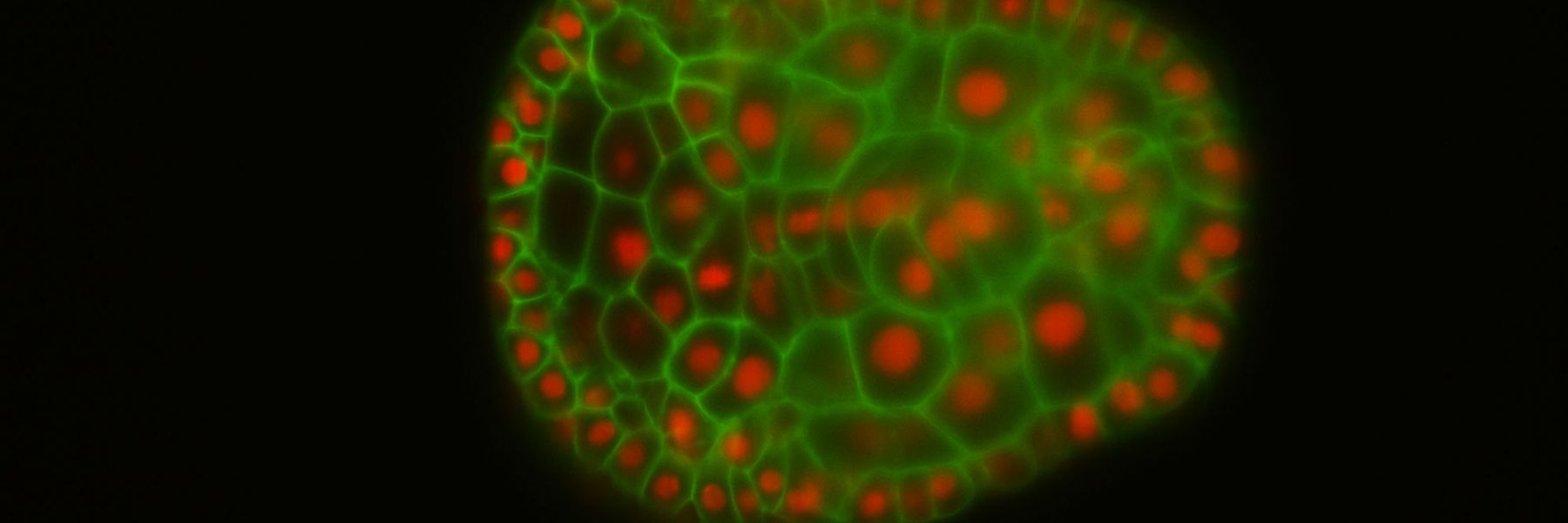How do we build a nervous system? NRI investigators employ state-of-the-art molecular cell biology and molecular genetics strategies in a variety of model systems, including C. elegans, Drosophila, ascidians and vertebrates to address critical issues is the remarkable progression of a fertilized egg into an adult nervous system, the most complex structure in the known universe.
